Remember watching shows like M.A.D or Art Attack? These TV shows featured fun DIY art projects every day, teaching kids something new with each episode. Well, that’s exactly what art integration is all about! It is the fusion of visual arts, music, and drama with academic subjects like science, maths, and social science. This method of learning brings out the creativity of students while helping them easily grasp complex topics.
In this article, we explore art integrated project ideas for CBSE class 10 students and how they can help students learn more effectively.
What Is an Art Integrated Project?
If you are wondering what is art integration, then let us break it down. An art integrated project is one that allows students to unleash their inner artists and merge their love for art with academic subjects. This makes learning more interesting and engaging. They present and explain their project topics with the use of different art forms like drawing, painting, sculpture, drama, or even digital arts.
For instance, students may build a 3-D model for science or draw comic strips to explain a story. The CBSE board supports these kinds of projects because they help students learn better by using a variety of learning styles and abilities.
CBSE has made art integration projects a mandatory activity for students in grades 1–10 by including it as their internal assessment. The art integrated project for class 10 CBSE includes subjects like maths, science, social studies, and English.
Why Is Art Integration Important?
Art integration is crucial in the modern education system because it brings a new dimension to learning. Let us understand why they’re so crucial:
- Studies show that visual learning is better for children than just memorising concepts. Thus, experiencing how the concepts function in real life through models, pictures, and drawings helps students to comprehend them easily.
- Blending artistic elements with academics nurtures creativity and problem-solving skills, which are essential for overall development.
- Art integrated projects are mostly done in groups, which foster teamwork and communication skills among students.
- It’s an initiative to help high school students stay connected to their artistic and creative side, which can sometimes fade away as academic pressure builds while growing up.
Benefits of Art Integrated Projects for School Students
Now that you know what is art integrated projects, let us understand how they will benefit your learning:
- Promotes experimentation: These projects blur the lines between the different subjects, allowing them to find the link between each other. This helps to broaden their horizons and come up with something extraordinary.
- Engagement and motivation: Traditional methods of teaching can sometimes become monotonous. Implementing art integrated projects is a fresher way to keep students engaged by offering them new ways to express their understanding.
- Develops creativity: Students get the opportunity to think outside the box and develop creative solutions to academic problems.
- Enhanced learning: Through art, students achieve key learning objectives in subjects like maths, science, and language arts.
25 Art Integrated Project Ideas for Class 10 Students
Here are some creative art integrated project examples that class 10 students can explore:
- Create 3D models of geometric shapes – for maths.
- Use materials like cardboard, paper, glue, and scissors to create cubes, pyramids, or cylinders.
- Cut the shapes according to precise measurements, fold, and assemble them to make accurate 3D models.
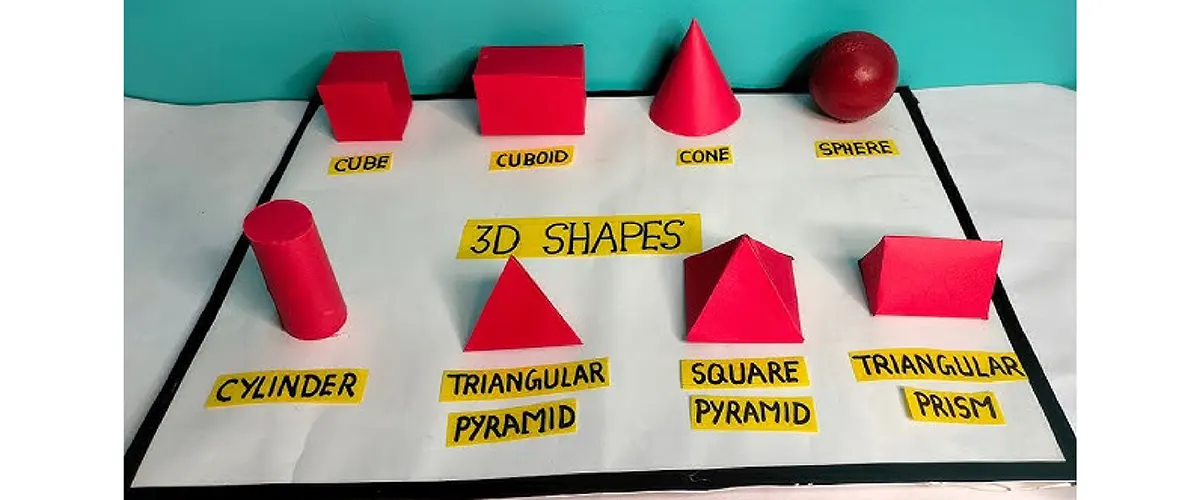
- Illustrate a historical event through a series of paintings – for social studies.
- Choose a key event, such as the Battle of Plassey, and create several paintings to show the main scenes.
- Use watercolours, sketch pens, and canvas or drawing paper to bring the event to life.
- Design a comic strip explaining the three Newton’s laws of motion – for science.
- Draw a comic with simple characters demonstrating each of Newton’s Laws, like an object at rest or a moving car.
- Use markers, coloured pencils, and A4 paper to create a fun and educational comic strip.
- Draw a map showcasing India’s natural resources – for social studies.
- Use chart paper and coloured pens to draw India’s map, marking areas rich in coal, oil, iron, etc.
- Add labels and a key to clearly show the different resources across regions.
- Write a script for a short play based on any story or poem – for English.
- Choose a story or poem like ‘From the Diary of Anne Frank’ or ‘Madam Rides the Bus’ dialogue for easy understanding.
- Prepare costumes and props using basic materials like fabric and cardboard to perform the play.
- Sculpt the human circulatory system – for science.
- Use clay or playdough to shape the heart, veins, and arteries, and paint them in different colours to show blood flow.
- Arrange the pieces on a board to represent the circulatory system in a 3D format.
- Create a visual timeline of remarkable inventions – for science.
- Use chart paper and markers to create a timeline with events like the discovery of electricity and the invention of the telephone.
- Add pictures or small illustrations to represent key moments in science history.
- Make a mural depicting different ecosystems – for social studies.
- Paint a large mural on chart paper, showing ecosystems like forests, deserts, and oceans.
- Use watercolours or acrylics and include details like animals, plants, and weather conditions.
- Film a documentary on a local environmental issue – for social studies.
- Choose an issue like water pollution or deforestation, and record footage of the local area using a phone camera.
- Edit the clips using basic video software, adding narration and facts about the issue.
- Design an infographic on the Pythagorean theorem – for maths.
- Use a poster or digital tools to explain the theorem with diagrams, facts, and real-world examples.
- Include images of triangles and the formula to make it visually appealing and easy to understand.
- Create an animated video explaining photosynthesis – for science.
- Use animation software or a time-lapse video to show the process of photosynthesis, with sunlight, water, and leaves.
- Add voice-over to explain the stages in simple words.
- Write and illustrate a children’s book on global warming – for science.
- Use simple language to explain the effects of global warming, with fun drawings of melting icebergs or endangered animals.
- Bind the pages together to create a colourful, easy-to-read book for younger students.
- Design a collage representing Indian culture and diversity – for social studies.
- Collect magazine cutouts, fabrics, and photos to represent different aspects of Indian culture like festivals, food, and dance.
- Arrange them on a poster board to highlight the country’s diversity.
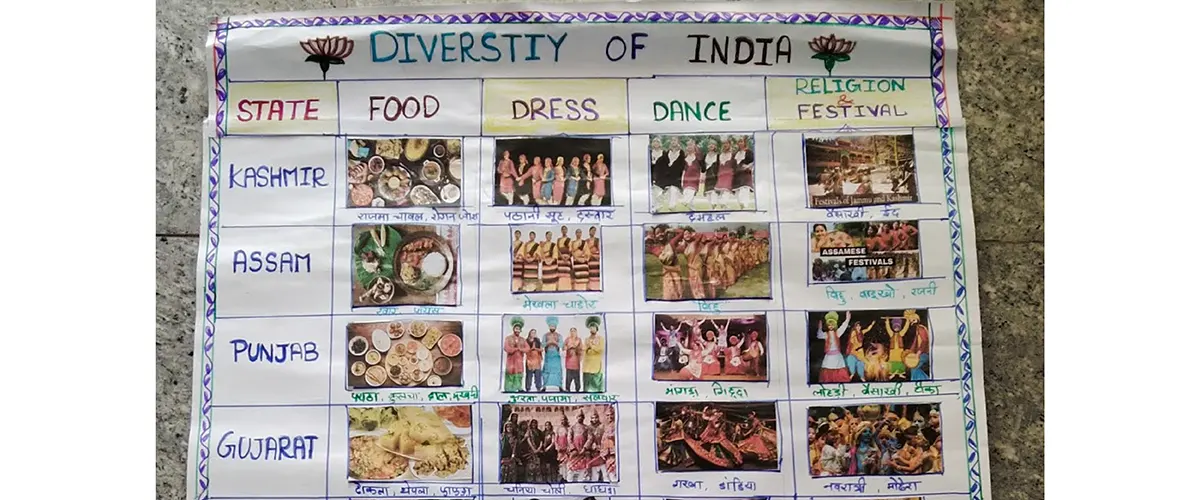
- Create a storyboard of a classic novel/story – for Hindi.
- Choose a novel or a story from your Hindi language curriculum and draw scenes showing important moments in the story.
- Use sketch pens and text boxes to narrate the events visually.
- Compose a song about chemical reactions – for science.
- Write lyrics that explain basic chemical reactions, like acids mixing with bases, to a simple melody.
- Perform the song with a musical instrument or use free music software to record it.
- Use potatoes to generate electricity – for science.
- Take a potato and build a small electric circuit with a light bulb attached at the end.
- Arrange the electric components carefully to showcase how electricity can be generated with a potato.
- Paint a landscape inspired by social studies lessons – for social studies.
- Use watercolours or acrylics to paint a landscape, like mountains, rivers, or plains, learnt in social studies class.
- Focus on the natural features of the region and use colours to show different terrains.
- Sculpt ancient civilisation artefacts – for social studies.
- Use clay to make small replicas of ancient items like pottery, weapons, or statues from civilisations like Egypt or Greece.
- Paint and decorate the artefacts once dry, using historical references for accuracy.
- Build a working model of a volcano – for science.
- Use materials like clay, cardboard, and baking soda to build a volcano model.
- Add vinegar to create a chemical reaction that mimics a volcanic eruption.
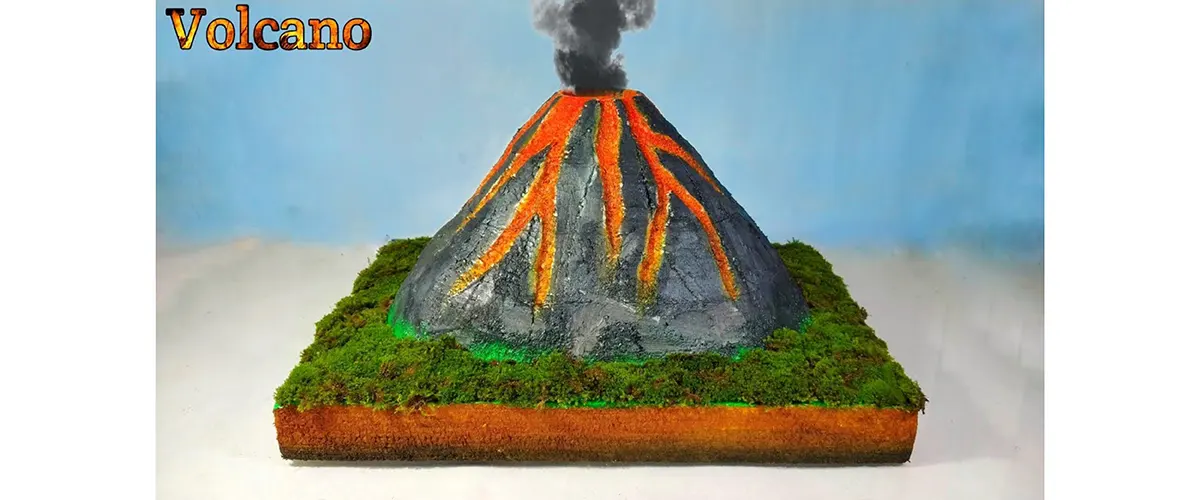
- Write a poem inspired by historical events – for social studies.
- Choose an event like India’s independence and write a short poem capturing the emotions or struggles of the time.
- Perform the poem or create a poster with illustrations to go along with it.
- Design a poster explaining climate change – for social studies.
- Use chart paper, coloured pens, and images to create a poster explaining how climate change affects the planet.
- Include facts, graphs, and visual elements like melting glaciers or extreme weather events.
- Create a model of the solar system – for science.
- Use styrofoam balls, string, and paint to make each planet and arrange them in their orbits around the Sun.
- Hang the model from a board or ceiling to show the solar system in 3D.
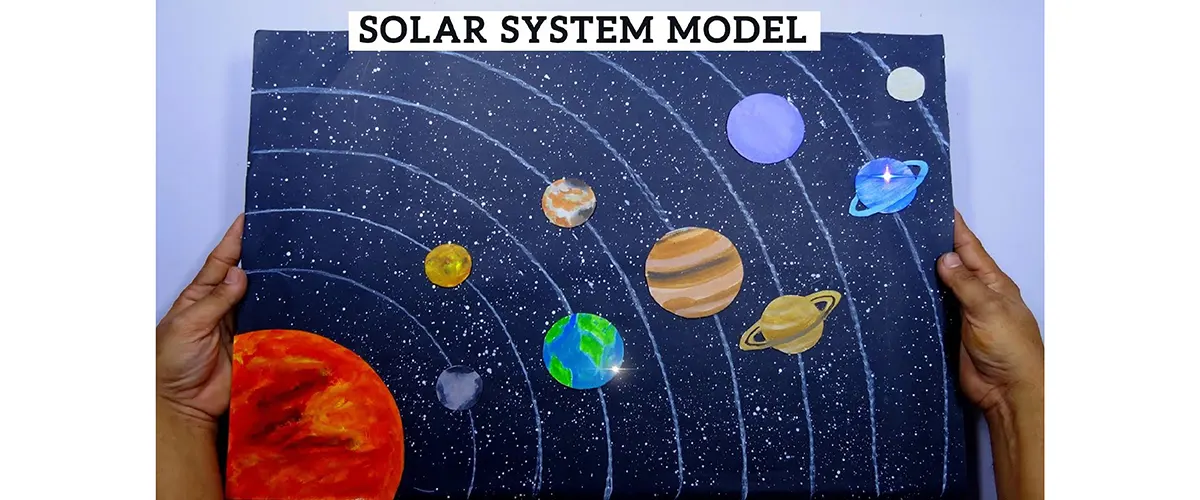
- Make an animated presentation on India’s independence movement – for social studies.
- Use animation software to create a slideshow or video highlighting key moments like the Salt March or Quit India Movement.
- Add background music, text, and images to make the presentation engaging.
- Build a replica of an architectural wonder using clay or wood – for social studies.
- Use clay or wood to construct a small model of the Taj Mahal or another famous structure.
- Focus on the details and design, using photos for reference.
- Create a digital art piece representing algebraic equations – for maths.
- Use digital tools like Photoshop or Canva to create an artistic visual that explains algebraic concepts like linear equations.
- Include bright colours and geometric shapes to make the equations stand out.
Checkout: Science Project Ideas for Class 10 Students
Tips to Choose Art-Integrated Project for Class 10 Students
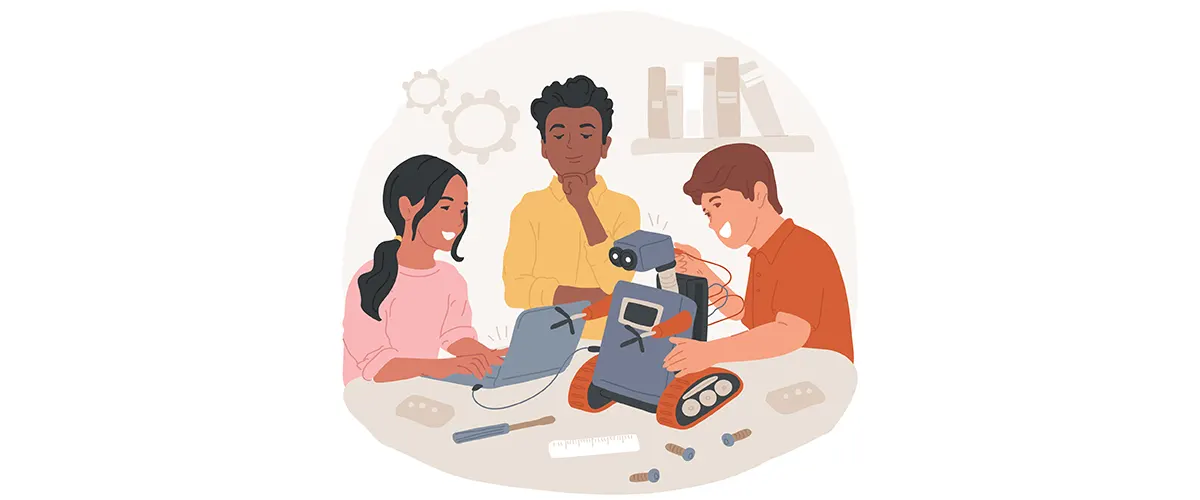
Choosing the right art integration project CBSE can make all the difference in a student’s learning experience. Here are some tips:
- Align with learning objectives: The first and foremost step is to make sure that your project aligns with the curriculum and the subject’s learning objectives.
- Select something that interests you: Make sure you select a topic that you are passionate about.
- Consider the art forms: The next step is to select projects that involve art forms that you are familiar with or interested in, such as painting, music, or drama.
- Use multiple disciplines: An art integrated project should integrate at least two disciplines, such as maths and visual arts, or social studies and drama.
- Focus on creativity and problem solving: Choose a project that has something unique and innovative to present and also promotes problem-solving.
- Encourage teamwork: If you are assigned a group for this project, make sure to divide the work equally among one another and consider everyone’s opinions while curating it.
- Use technology: Take advantage of technology if you’re allowed to. Incorporating digital art, video editing, or animation can make the project more exciting and up-to-date.
- Feasibility: Experimentation while doing your project is always appreciated, but keep feasibility in mind. Some topics may require resources that are difficult to obtain.
Conclusion
In conclusion, art integrated projects are an innovative way to break the monotony of traditional learning and enhance conceptual understanding for class 10 students. They allow students to merge creativity with academics, making difficult subjects easier to understand. From developing critical thinking skills to fostering collaboration, art integration plays a crucial role in modern education.
FAQs Art Integrated Project Ideas for Class 10 CBSE
Q1. What is an art integrated project class 10?
An art integrated project is a new dimension in modern-day education. It blends academics with artistic expression and creativity to help students understand the concepts better.
Q2. Why is art integration important?
Art integration encourages creativity, critical thinking, and problem-solving, making learning more fun and engaging.
Q3. What are some art integrated project ideas for high school?
Sure! Some examples include creating 3D structures for maths, making experiment models for science, creating posters on social issues for social science, or literary character portraits to explain English literature concepts.
Q4. What subjects can be integrated with art in class 10 CBSE?
Art can be integrated into almost any subject in CBSE class 10, including maths, science, social science and language arts.
Q5. How do I choose an art integrated project for class 10 CBSE?
Focus on aligning the project with your interests, the curriculum, and the learning objectives. Use art forms you enjoy and are familiar. Don’t over complicate your project and think about how you can express it creatively through art.


